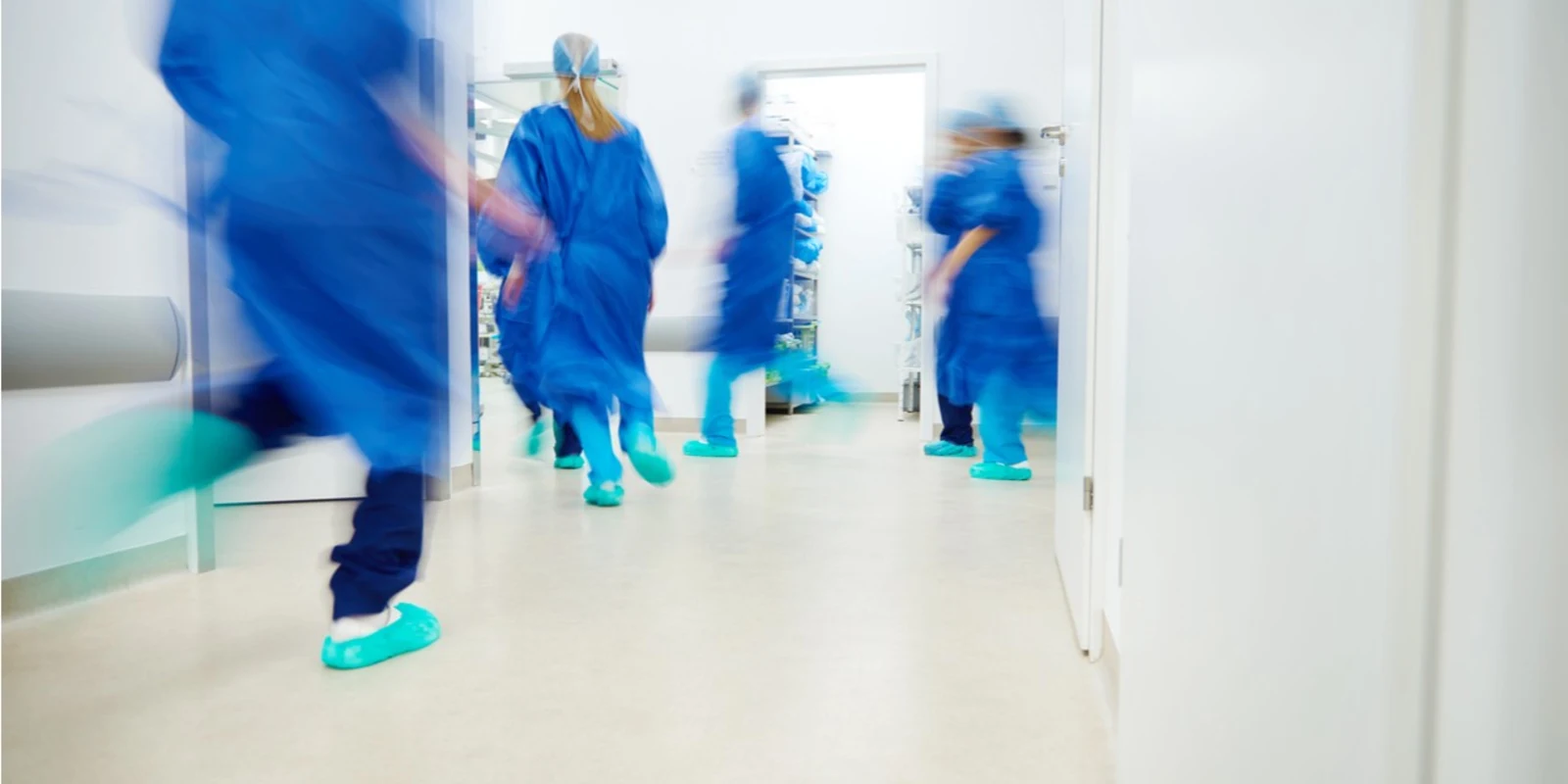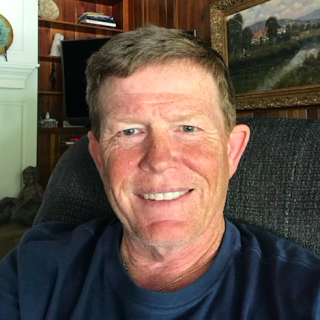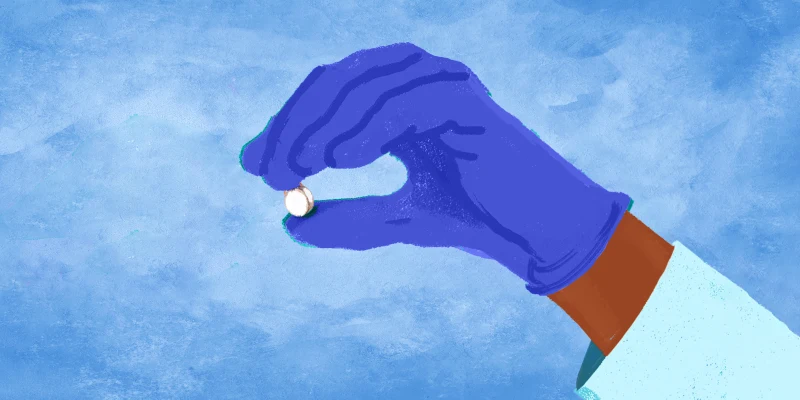
I was walking through the ER on my way to make late afternoon rounds, and there was an unusual amount of commotion. A young teen girl had just been brought in from an automobile accident on one of the many small, country roads surrounding our town. She was in extremis. One of my friends was on-call and asked me if I could help her with the operation, which we both knew was going to be tough! We took opposite sides of the gurney and moved her quickly up to the OR. The girl was 16. She had a bloated, acute abdomen, and she was hypotensive and tachycardic. She looked up at me and said “Please, don’t let me die!”
I had trained for this…six years in ERs brimming with traumas of every stripe. Countless days and nights on call back in the olden days when there were no call-hour restrictions. I knew trauma surgery better than anything! Several of the surgeons who trained me were among the ones who were on call at the Parkland hospital ER the day John F. Kennedy was assassinated.
On the OR table, we found massive hemoperitoneum and a shattered right lobe of the liver. The mechanism of injury was rapid deceleration from a head-on collision of a car loaded with teenagers headed to the movies. The other vehicle was driven by a drunk driver. Rapid deceleration trauma to the human torso can cause the liver to be thrown forcibly forward against the anterior abdominal wall, which can rip one or both of the very short and very large hepatic veins off of the inferior vena cava causing rapid exsanguination, usually resulting in death at the scene of the accident. On a rare occasion, such as ours, a surgeon is presented with the opportunity to intervene. We got our chance that night
I came to our small town in 1991 to begin private practice in my specialty of General Surgery. A couple of years prior to this, in my last years of training, our team was in the OR with a much older patient with a very similar injury. He died on the table very early into the operation, but our attending walked us thru the complex series of operative maneuvers to repair such an injury, just in case we may see one in our future practices.
We had a crack anesthesia team led by Dr. Dennis Richerson. The room was full of techs, nurses, nurse anesthetists, several EMTs, and paramedics (still in their uniforms) all squeezing bags of blood and IV fluids as fast as they could. Dr. Richerson recalled starting a “blind” art line, because there was no pulse! We used approximately 66 units of blood and countless units from a cell saver that night. We estimated that we replaced her total blood volume about five times.
In her abdomen, we identified the injury by its one telltale sign — a gush of blood from above and behind the liver as I pulled it downward to pack it off with laparotomy sponges. We pushed the liver back forcefully to tamponade the bleeding and continued the resuscitation with blood and fluids. Dr. Richerson remembered several episodes of electromechanical dissociation during the operation which seemed to be relieved by volume resuscitation. I took over the operation only because I knew what to do from the one case in Lubbock from several years earlier. Pringle maneuver, sternotomy with a sternal “knife” because we didn’t have a sternal saw, Rummel tourniquets to go above and below the liver (made on the fly for me by Sara Richardson, RN), a large chest tube with an extra hole cut in it as a shunt, and a small hole in the right atrial appendage to insert the Schrock shunt I had fashioned. These moves isolate the liver and stop the bleeding so the vena cava can be repaired, which we did. Somehow, quite unbelievably, she was still alive.
I told our team that I hadn’t ever had the opportunity to reverse all of the maneuvers because the only other patient I had like this ended up in the morgue. We performed a right hemihepatectomy, reversed the maneuvers, and closed. The patient went to the ICU and had a predictably rocky postop course, requiring several more operations and a tertiary transfer to Vanderbilt Medical Center several days later for the expert help of Dr. Ron Moore, along with a prolonged time in a great rehab center in Nashville, Tennessee.
The patient made a full recovery. I have had the privilege of celebrating many of her life events with her and her family, often in person. After she was back home from rehab, we had a “survivor” party at my house with her and her family and most of the others who were in the OR with her that fateful day. I had kept the shunt I made that day and gave it to her at the party. She still has it.
I often reflect on that night, and it always brings me joy and a smile. I count it the pinnacle of my career. I needed everything I had learned in my training by so many mentors, which I believe is true of the other professionals working with me in the OR that night. The outcome was completely dependent on all of us doing everything we could to the utmost of our abilities. And I find myself exceptionally grateful for Dr. Tim Harnar taking the time, many years earlier, to walk me through the steps of an operation I most likely would never need to use. But I did, and it saved a young girl’s life. He died from complications of Wilson’s disease during my chief resident year. He exsanguinated on the operating table from terrible cirrhosis and acute cholecystitis. I miss him and wish he could have known how his mentorship made such a difference.
I am frankly overwhelmed with the sense that everything we do as doctors and nurses and all our associated professionals can and does make our world a better place. We so often alleviate suffering; and, sometimes we don’t. As physicians, we are gifted in many ways. Those gifts include our native intelligence from our parents, the infrastructure and superstructure of modern medicine and modern society, and an amazing, bountiful country with its economic and political structures and the rule of law. We do not practice in a vacuum. I go to work each day with the thought of giving gifts to patients from such an abundance of gifts given to me. I am very grateful to be a doctor today and that hasn’t changed for me.
Dr. Carter is a general surgeon in Murfreesboro, TN.




